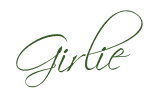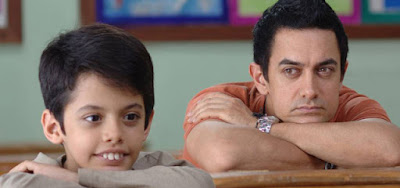Austria: Vienna
Vienna, Austria’s capital, lies in the country’s east on the Danube River. Its artistic and intellectual legacy was shaped by residents including Mozart, Beethoven and Sigmund Freud. The city is also known for its Imperial palaces, including Schönbrunn, the Habsburgs’ summer residence. In the MuseumsQuartier district, historic and contemporary buildings display works by Egon Schiele, Gustav Klimt and other artists.
Try to visit Hoher Markt, Vienna's oldest square where you can find the Anker Clock, a piece of architecture decorated with art nouveaux design built in 1911-1914. Everyday at 12 noon it sounds, play music and display historical figures that lasts 10-15 minutes show.
Vienna (Wien) is the national capital, largest city, and one of nine states of Austria. Vienna is Austria's primate city, with a population of about 1.9 million (2.6 million within the metropolitan area, nearly one third of the country's population), and its cultural, economic, and political centre. It is the 7th-largest city by population within city limits in the European Union.
Today it is the second largest German-speaking city after Berlin and just before Hamburg. The city is located in the eastern part of Austria and is close to the borders of Czechia, Slovakia, and Hungary. In 2001, the city centre was designated a UNESCO World Heritage Site. In July 2017 it was moved to the list of World Heritage in Danger.
Additionally to being labeled the "City of Music" due to its musical legacy, Vienna is also said to be the "City of Dreams", because of it being home to the world's first psychoanalyst Sigmund Freud. Vienna's ancestral roots lie in early Celtic and Roman settlements that transformed into a Medieval and Baroque city. It is well known for having played a pivotal role as a leading European music centre, from the age of Viennese Classicism through the early part of the 20th century. The historic centre of Vienna is rich in architectural ensembles, including Baroque palaces and gardens, and the late-19th-century Ringstraße lined with grand buildings, monuments and parks. (Wikipedia)
*****
After our 13 day bible study tour which ended in Rome, Italy, we took a 1hour 45minutes flight from Fiumicino, Rome to Vienna, Austria via Eurowings. Vienna greeted us with a 9-12 degree Celcius cold weather. We stayed in this lovely apartment via AirBnb hosted by Sonavia located 15-20 minutes walks to the district center.
Vienna is pretty much a DIY-able city to explore. Armed with google travel forums, youtube travel blogs, instagram and google maps, we get to experience and visit the following attractions:
Vienna is pretty much a DIY-able city to explore. Armed with google travel forums, youtube travel blogs, instagram and google maps, we get to experience and visit the following attractions:
- Schonbrunn Palace
- The Hofburg Palace
- Beldevere Palace
- Vienna Opera house
- Naschmarkt
- St Stephen’s Cathedral
- St Charles' Church
- Must Try Food
- Viennese Sausage or Würstel
- Schnitzel (Lots of it!)
- Beef Goulash (Though originally this is from Hungary)
- Sachertorte
- Apple Strudel
- Local coffee(Melange)
- Restaurants
- Cafe Central
- Schnitzelwirt
- Naschmarkt
- Neni at Naschmarkt (This middle eastern cuisine in Vienna will not disappoint you)
- Erich
- Ulrich (Needs reservation)
Vienna is also home to a vast number of grandiose and historic palaces - Schonbrunn, Hofburg and Beldevere to name a few. We missed the Christmas night market though by a couple of weeks as it starts third week of November.
 |
| Schonbrunn Palace |
Standing tall nearly 500-foot-tall South Tower with intricately embellished roof tile is St. Stephen's Cathedral, Austria's most prominent national symbol. Every corner of this magnificent architecture is breathtaking. While roaming around the old city you will surely be greeted by some vintage horse-drawn carriage thats feels like you time travelled in the past. Of course, you haven't been to Vienna if you will not experience their famous wuerstel or sausage. Prepare for a big bite.
St. Charles’ Church is one of the landmarks of Vienna and is located at the south side of the Karlsplatz. It is one of the most important churches built in a baroque architectural style north of the Alps.
The Naschmarkt is Vienna's most popular market. Located at the Wienzeile over the Wien River, it is about 1.5 kilometres (0.93 mi) long. From 1793 onwards, all fruits and vegetables brought to Vienna with carts had to be sold there, while goods arriving on the Danube were sold elsewhere. Nowadays, one can buy fresh fruit and vegetables from around the world, exotic herbs, cheese, baked goods such as bread, kaiser rolls, torte, meats, and seafood. There are also many small restaurants which offer e.g. sushi, kebab, seafood, traditional Viennese food. (Wikipedia)
 |
| St Charles' Church |















Comments